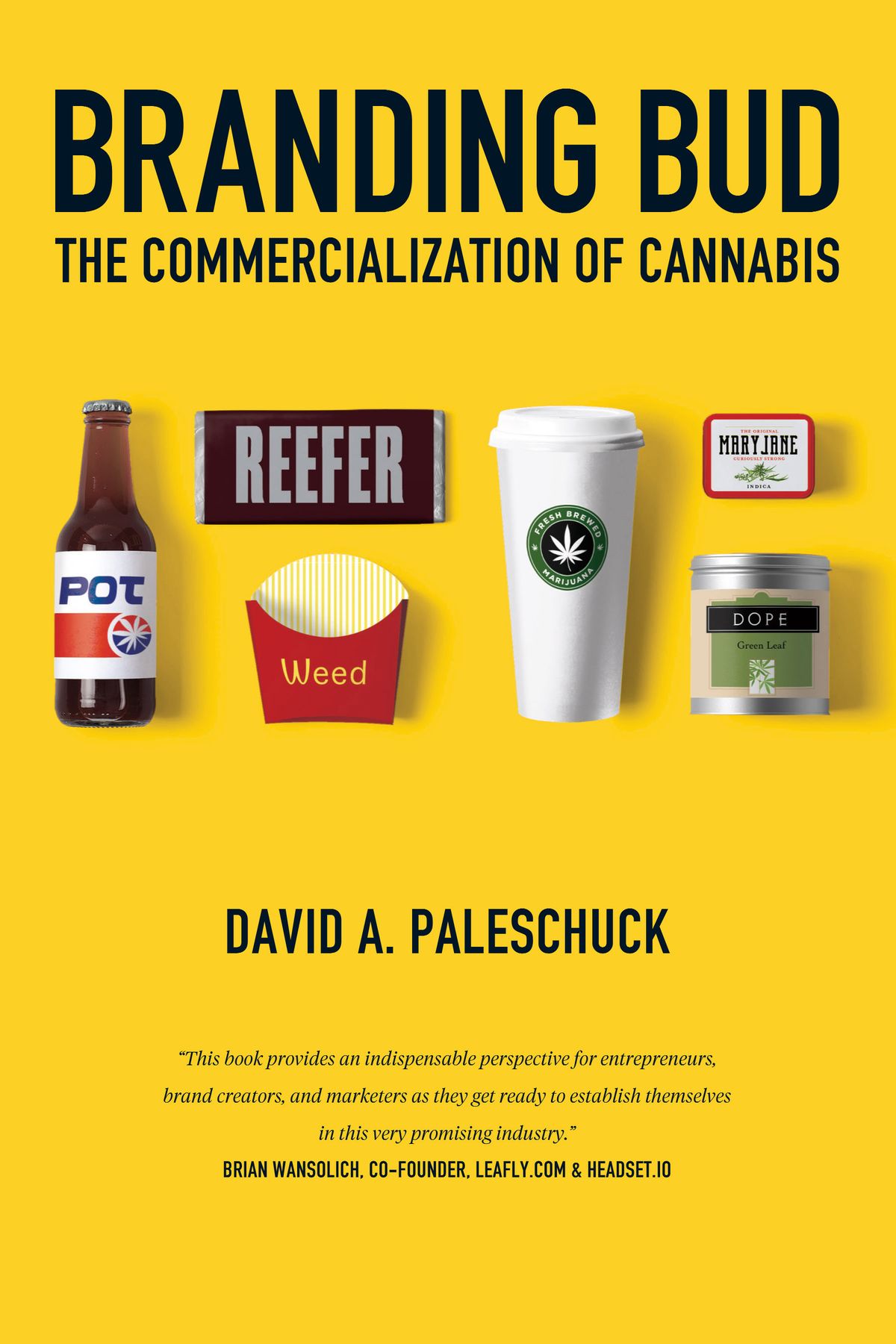‘Branding Bud’ author offers advice to cannabis industry

For as long as most of us can remember, cannabis has been represented by a few easily recognizable images. A marijuana leaf, for example. Or the drawing of a bearded Zouave smoker on the packages of Zig-Zag papers.
These representations follow a long-standing advertising dictum: make your product recognizable and it will attract buyers more easily. The practice is called branding. And, according to most credible industry sources, branding is an all-important function of marketing.
As brand consultant and author David A. Paleschuck explained over the phone, “Branding is the road map to help people better understand what it is they’re buying and/or consuming. Branding is what consumers live by.”
And as Paleschuck makes clear in his book, “Branding Bud: The Commercialization of Cannabis,” the whole notion of branding is changing – especially as it applies to the cannabis industry.
“People used to be sold on the benefits or features of a product,” Paleschuck said. “Then people were sold on how a brand made them feel. Today, people buy brands to express what they believe and perhaps who they associate with.”
A former vice president of licensing and brand partnerships at Dope Magazine, Paleschuck believes that old tropes aren’t necessarily the best way to market today’s cannabis products. As he told Forbes.com, the future of cannabis branding should be “embedded or tied to the consumer’s needs.”
Paleschuck listed four important criteria that the most successful brands must consider: a customer’s lifestyle, consumption rituals and states of need, product-type selection (edibles, say, or tinctures) and pairing the correct “brand archetype” to the respective product.
“If somebody is looking for an aspirational brand that makes them feel something, that’s one kind of brand,” Paleschuck told Forbes.com. “But if someone is looking for something benefit-specific, that’s the future.”
Formerly employed by Microsoft, Paleschuck left in 2012 following the passage of Initiative 502, which legalized recreational use for adults 21 and over in Washington. “I thought it was an opportunity I couldn’t pass up,” he said.
Concurrent with the growth of Washington’s cannabis sales and use, Paleschuck notes two prime issues that still need to be addressed: education and standardization.
Regarding education, he said, “We are missing data and information that will help us better understand the positive and negative aspects of cannabis. This is crucial and critical for so many things moving forward.”
As for standardization, he said, “Today every state has different dosing rules and regulations.” The lack of standards, he added, is “most certainly an issue” that needs to be resolved.
Despite its title, “Branding Bud: The Commercialization of Cannabis” is more than just a primer of product branding. Paleschuck also covers such topics as why some cannabis companies are excelling, what are the marketing techniques they use, and what marketing plans work best overall.
As for endorsements of the book, Noemi Green wrote this for Green Market Report: “The book has serious intel for any entrepreneur/business owner that is looking to ride the green wave and understand the strategies that the successful are leveraging.”
And Warren Bobrow, writing for Skunk magazine, added this: “Certainly, this is only one opinion, but the depth of the cannabis research is an easy read and jam-packed full of great advice for the cannabis pro or even a beginner.”
One final note: Paleschuck’s book was released, not coincidentally, on April 20. And as anyone cannabis-savvy knows, 4/20 (or 420) bears a well-known association with marijuana smoking (it reportedly dates back to after-school smoking parties).
In any event, that’s as smart a marketing ploy as you’re apt to find. Smarter even than a marijuana leaf.